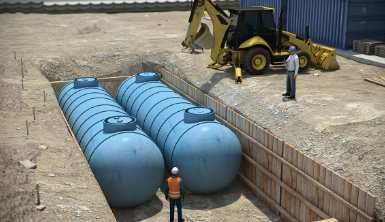UST Underground Storage Tank Texas
ABOUT THIS COURSE
UST class A and B Owner / Operator training and certification
Texas UST Class A & B Facility Owner / Operator Training
What is Texas UST Class A & B Facility Operator Training?
If you own or operate an underground storage tank, the EPA requires that you complete training courses to ensure you know how to safely perform work. This training is divided into two categories based on your level of responsibilities: Class A and Class B.
Class A operators hold the primary high-level UST responsibilities, while Class B operators are more involved with daily operations.
This UST Class A & B Training course provides you with an overview of the components of USTs, the different types of operators, spill and release prevention, and inspection preparedness.
No matter if you’re seeking employment in a Texas UST facility, or are in need of a refresher, this training course will ensure you maintain successful and compliant operations of your facility.
Who Should Take Texas Class A and Class B Facility Operator Training?
This course is for anyone who owns or operates a UST in Texas. The course covers training for both Class A and Class B operators.
Texas UST Class A & B Facility Owner / Operator Training
TEXAS UST CLASS C OPERATOR TRAINING
Understand both general and facility-specific emergency-response procedures for underground storage tanks in Texas. Enroll now!
Includes: Certificate of Completion
UST Underground Storage Tank
Texas UST Class C Responder Training in English
>
Texas UST Class C Responder Training in Spanish
Approximately 542,000 underground storage tanks (USTs) nationwide store petroleum or hazardous substances. The greatest potential threat from a leaking UST is contamination of groundwater, the source of drinking water for nearly half of all Americans. EPA, states, territories, and tribes work in partnership with industry to protect the environment and human health from potential releases.
Page last modifies 02/25/2023
